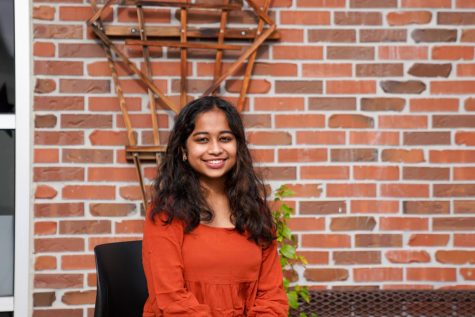Protection against school violence
Examining how we can prevent student shooters from doing the unthinkable
March 19, 2023
In January of 2023, a 6-year-old boy reportedly shot his teacher at Richneck Elementary School in Newport, Virginia. The Associated Press concludes that there were prior behavioral issues in the boy and he had trouble interacting with students and teachers, leading to the shooting. He also cursed at staff and teachers, whipped students with his belt and choked another teacher “until she couldn’t breathe,” the attorney of the wounded teacher said.
As of June of 2022, there were 300 school shootings across the country, and most of them involved student shooters. As these numbers rise with such disturbing frequency, students and staff are left with the question — is school truly safe? A study by the Secret Service in 2002 found that 81% of school shooters had a history of mental health issues. According to a study published in the Journal of Pediatrics, most of these shooters are students, such as in instances in Montana, Wyoming and West Virginia.
Schools are supposed to be safe places for students, where they learn with less disruptions. However, if the students themselves have the capacity to be a danger to schools, schools being the safest place may be out of the question.
California’s gun laws require one to be 21 years old to buy a handgun and 18 years old to buy a shotgun or rifle, and to buy a gun, one must pass a background check. Due to these laws, World Population Review states that there are fewer shootings in California than in other states such as Nevada, Florida and Texas; however, they could be more effective. According to a joint study conducted by researchers at the John Hopkins Bloomberg School of Public Health and the University of California Davis, background checks had no impact on gun deaths, hence, rather than fixating on having physical metal detectors, it is trivial for parents and staff to focus more on the mental aspect. And see what cause these school shooters to commit such atrocities. In addition, if a student is seen with any type of problematic behaviors, teachers should take action by providing mental health resources instead of relying on the student to take the initiative to use those resources.
Not only should MVHS develop an effective plan of addressing ways students can individually protect themselves, but we should also, most importantly, create a plan that prioritizes mental health and reach out to students who may need help to address unusual behaviors that might result in a tragedy. This could be enacted through having schools implement a baseline mental health test students must take at the beginning of each school year to try and catch signs of needing mental health support sooner. Schools need to promote the education of red flags for both staff and students early on while continuing to educate the school community on how to save themselves from such occurrences.
Our schools can only be safe from these school shootings if the students, staff and community members unite to form a cohesive and safe community for everyone, both mentally and physically.



















